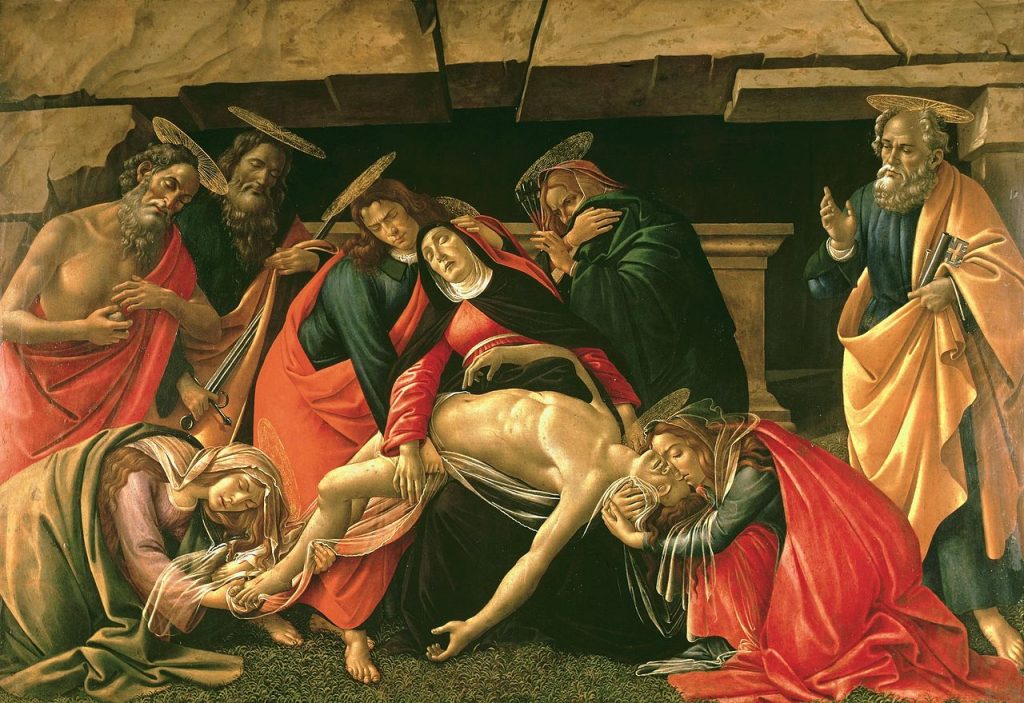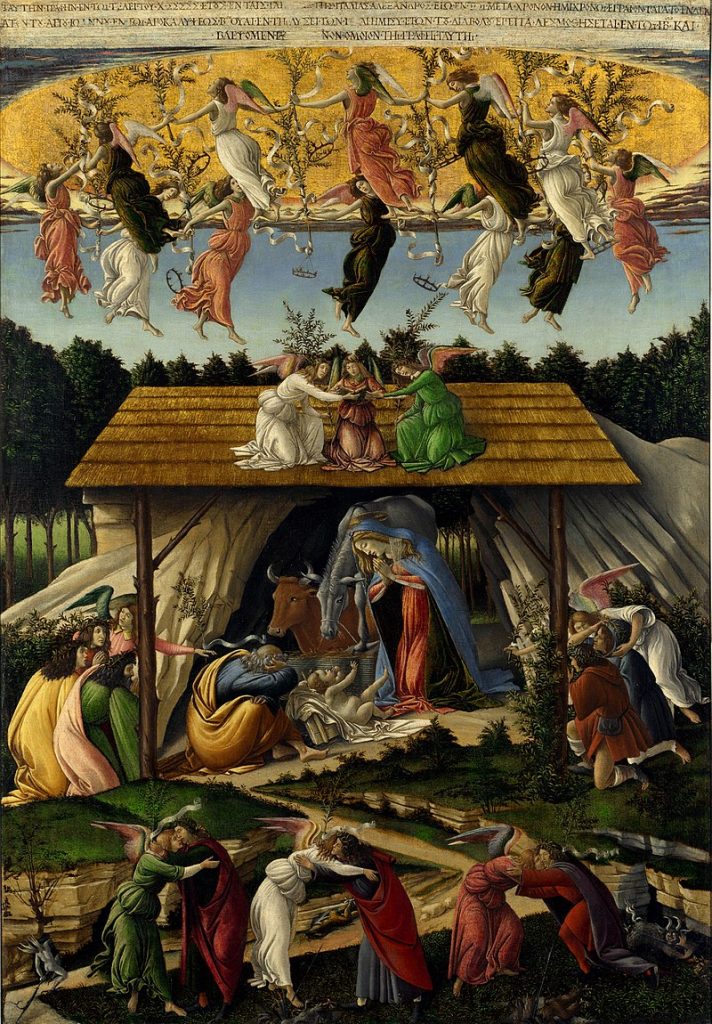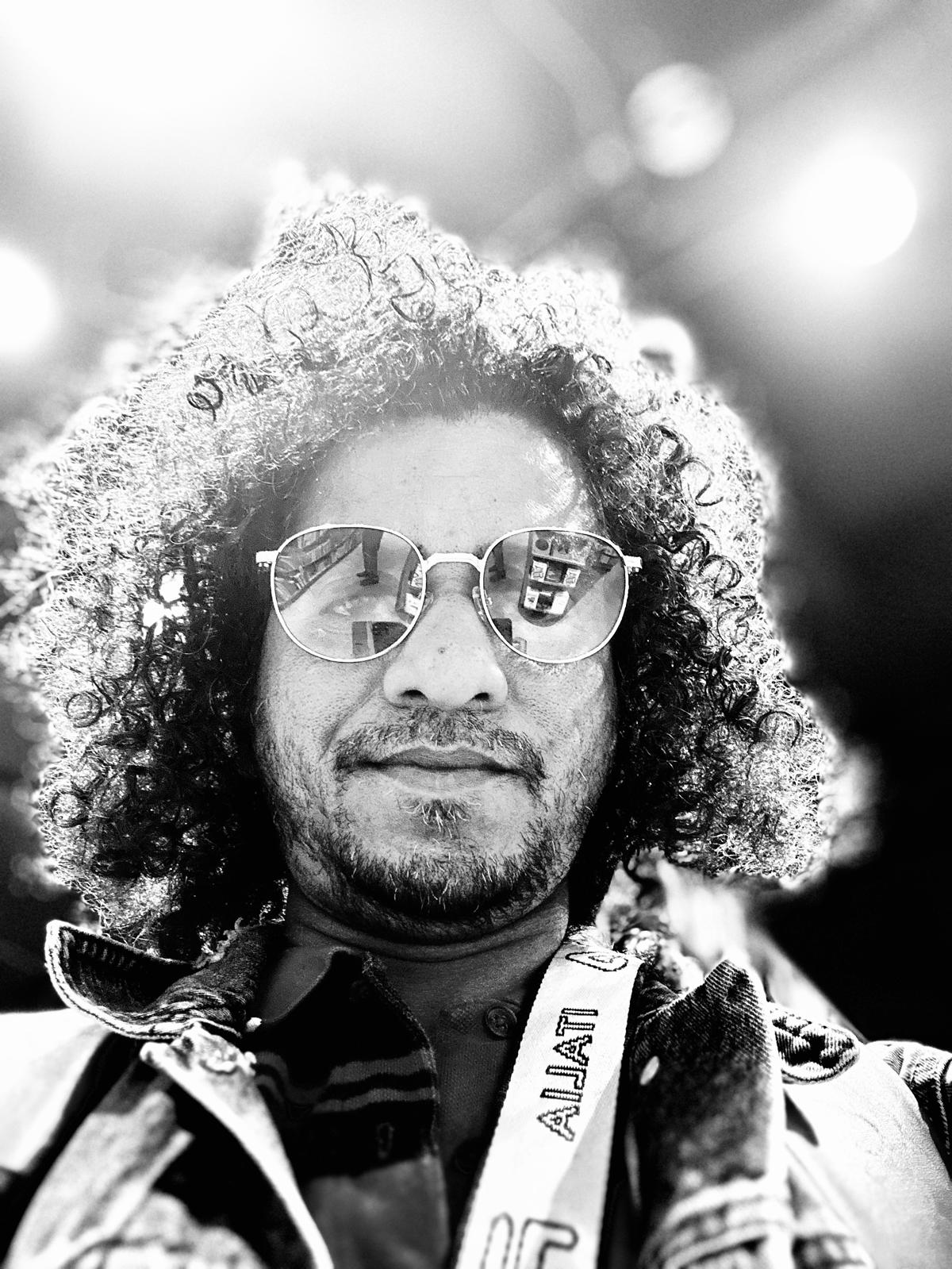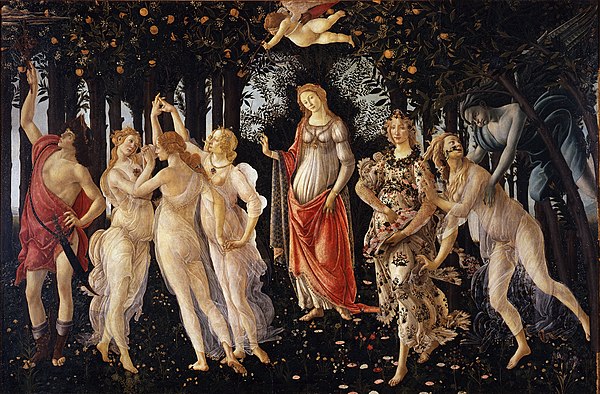In Leonardo Da Vinci’s treatise, he mentioned one name, an artist named Sandro Botticelli, as his Contemporain. Botticelli (1445-1510) was an Italian painter in the Early Renaissance, ignored for centuries and reinvented in the late 19th century. He is considered one of the greatest artists, portraying the linear classiness of late Italian Gothic and some Early Renaissance paintings.
In the late 19th century, art historians and viewers started to discover Botticelli’s work’s delight, and his name, little known in the last century, is calmly evolving significantly. Sandro was not interested in finishing his schooling at an early age, so his father put him in a workshop with a goldsmith called Botticello. Those days changed his mind to like art, and his father put him with a painter, Fra Filippo, who taught him to use colour. He was well-known for Altar art, which helped him invent a style that was celebrated even after a while. Botticelli developed a tone of his own, a training that influenced him to use decorative details, and at the age of 15, he opened a workshop dedicated to his work.
One of the significant elements of Botticelli’s painting is the humanistic approach to the subject, and his paintings define the stature of the cultural flourishing of the Medicis’ Florence. This thriving society facilitated the headway of art, philosophy and literature. According to scholars, Botticelli learned the approaches of Masaccio, the first great Italian Renaissance painter who poised frescoes with affected models in light and shadow, impacted multiple artists of the day, and was the first artist in Western art who depicted a non-religious subject topic.

He was a good reader, and he fell into the study of Dante and even wrote an analysis of the Divine Comedy, which helped him to bridge the gap between the Medieval Gothic style and humanist realism. At that time, emerging human anatomy ideas fascinated artists, and Botticelli used them in his paintings. As a potential painter, Botticelli harmonised the charm of story and sentiments in a beautiful narrative style, converting the painting as an art of visual feast, in a charming of lines and colours. Botticelli elevates the biblical theme incorporated with a humanistic perspective, such as Madonna and Child with St. John the Baptist (1470-75), Adoration of the Magi (1475), Sacra Conversazione (1470-72), and his most celebrated works, such Primavera (1482) and The Birth of Venus (1485).
Botticelli’s commissioned works in the Sistine Chapel are the best example of his talent but were overshadowed and disrupted by Michelangelo’s works, and according to scholars, some of the earlier frescos were destroyed to make room for his paintings.
Botticellis is appreciated for his mythological and altarpieces, such as Madona and Child and other biblical stories. For some scholars, Botticelli is a significant figure in portraiture art, a group of people or portraits in narrative moods.

‘Of course, one should add that Botticelli is a giant among other giants – Antonello da Messina, Andrea Mantegna, Giovanni Bellini, Leonardo da Vinci. For this very reason, it is important to understand the particular position Sandro occupies in the history of modern autonomous portraiture and to analyse the works through which he arrived at it, write Patrizia Zambrano in his ‘Sandro Botticelli and the birth of modern portraiture’.
According to Patrizia, the autonomous portrait has a much less linear history but still needs to be more obscure. Private citizens had little hesitation in depicting themselves in social contexts but were more resistant to seeing their images fixed in painting. In the Renaissance, artists were used to change this idea, and Botticelli is among the protagonists in this shift.
Some scholars, like Paul Holberton, argued that Botticelli and other artists are examples of reflections of the age of discovery in visual art, which they ‘were all ‘inventive’ artists in the sense that they devised novel pictorial representations.
Art scholar Gabriel Montua bring attention to Botticelli’s gender politics; ‘his females, especially his nude Venus, stand for the iconic representation of women in paintings, while the ubiquity of some of his most famous figures makes his name synonymous with Renaissance art, with the High Art of Europe’. According to Montua, ‘A motif by Botticelli refers not only to Botticelli but also to European culture. Thus, this second layer of meaning raises the awareness of geography and facilitates the subsequent development of a geopolitical reading of the work. This is not the case when the source, lacking specific features, cannot be identified in the new work’.

What is the gender choices at that time? Botticelli is the visual practitioner of the Christian era and shows concerns about the narration of gender in his painting. Botticelli’s famous works depict women as central subjects and portray them as nude objects of the gaze, such as in The Birth of Venus, a goddess of love sailing to shore from the sea on a giant shell. Primavera depicts a series of figures from classical mythology in a garden or woodland. Many of Botticelli’s deals with the gender bias of that period.
Botticelli died at 65, and scholars argue he was poor and unaccomplished when he died, and his work lay forgotten for over 400 years after his death. Looking back at history, he has the admiration he earned through a lifetime of attainment. Sandro Botticelli’s gift to the Italian Renaissance period was a great honour.

Krispin Joseph PX, a poet and journalist, completed an MFA in art history and visual studies at the University of Hyderabad and an MA in sociology and cultural anthropology from the Central European University, Vienna.





